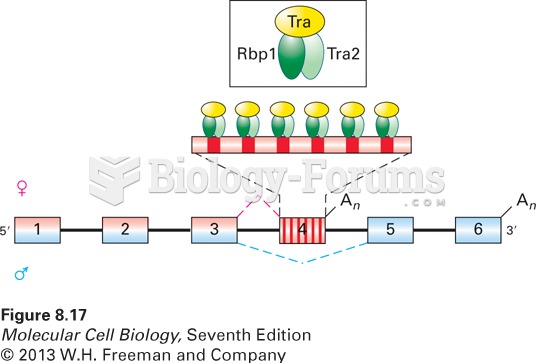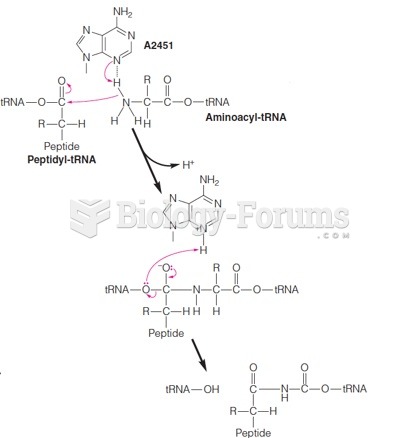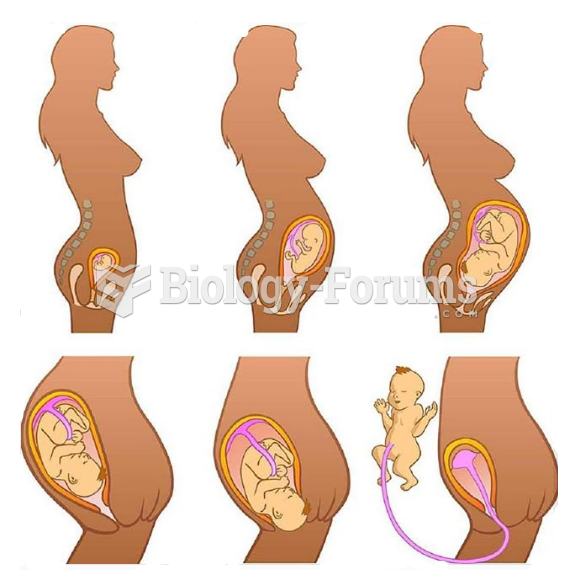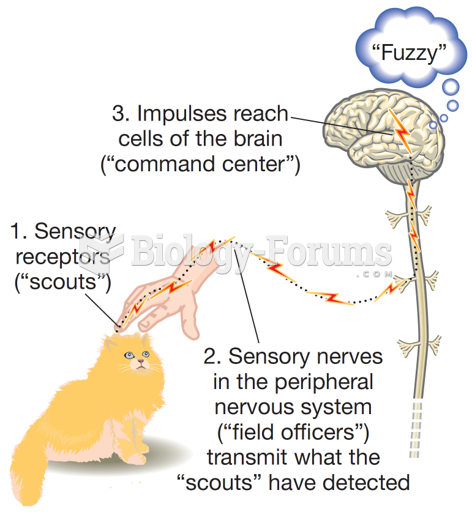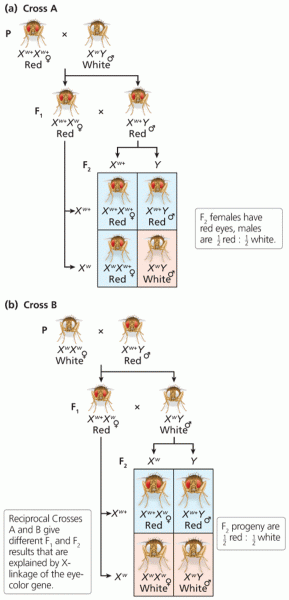|
|
|
Did you know?
Eating carrots will improve your eyesight. Carrots are high in vitamin A (retinol), which is essential for good vision. It can also be found in milk, cheese, egg yolks, and liver.
Did you know?
The average adult has about 21 square feet of skin.
Did you know?
Approximately one in three babies in the United States is now delivered by cesarean section. The number of cesarean sections in the United States has risen 46% since 1996.
Did you know?
The familiar sounds of your heart are made by the heart's valves as they open and close.
Did you know?
The first oral chemotherapy drug for colon cancer was approved by FDA in 2001.


